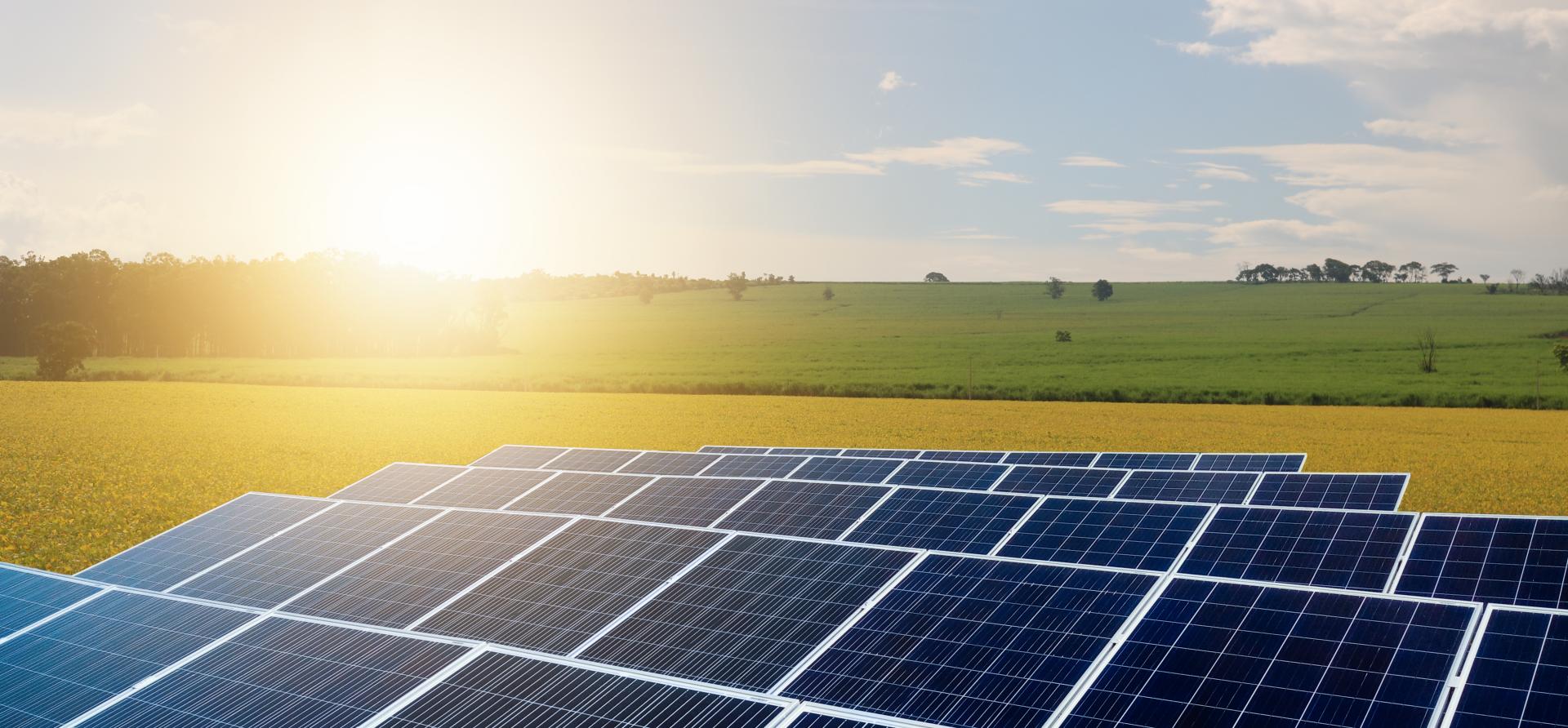Evolution of grid-scale energy storage system tenders in India
Download Full Report

Key Findings
Successful execution of the two tenders will showcase the technological and financial viability of energy storage to investors and create a supply chain infrastructure for increased domestic manufacturing of batteries.
Energy storage systems will be vital for India’s renewable energy targets and need ample policy support, including a time-based target.
Future energy storage systems tenders will likely incorporate new business models, such as energy trading, focus on alternate technologies, and require using locally made batteries.
Executive Summary
Energy Storage Systems (ESS) will be the next major technology in the power sector over the coming decade. The latest standalone ESS tenders from Solar Energy Corporation of India and NTPC will augment capacity manifold and help develop the local ecosystem.
Given that ESS technology is in its infancy in India, the current tenders face several technical, procurement and regulatory challenges. However, the two tenders will act as a pilot project for policymakers and fast-track the evolution of future tenders.
A comprehensive National ESS Policy, with a time-based target, will significantly address major impediments faced by the domestic industry and be an important growth driver. Going forward, we can expect to see the integration of new business models and domestic content requirement in future tenders for ESS projects.
The two tenders will act as a pilot project for policymakers and fast-track the evolution of future tenders.
The power industry is undergoing a remarkable shift worldwide by moving away from its dependence on fossil fuels to renewable energy sources. However, challenges posed by the intermittent and infirm nature of variable renewable energy (VRE) have introduced a new paradigm to energy storage system (ESS) applications.
To increase solar and wind capacity to the Indian government’s target of 450 gigawatts (GW) by 2030, a significant amount of ESS installations will also be required. The Central Electricity Authority (CEA) undertook a study on optimising the energy mix, considering all technical and financial constraints to meet the projected peak electricity demand for 2029-30. The study predicts that India needs at least 27GW/108 gigawatt-hour (GWh) of grid-scale Battery ESS (BESS) in addition to ~10GW of Pumped Hydro Storage (PHS) by 2030.
Realising the importance of ESS, the government has come up with several initiatives and policy support for the sector. The government has waived Inter-state transmission system (ISTS) charges for ESS projects commissioned before June 2025. In addition to issuing standard bidding guidelines for BESS in March 2022, the government is working on a National Energy Storage Policy. A comprehensive national policy will significantly address major impediments faced by the ESS industry in India. Also, like with renewable energy development, a time-based target in the upcoming policy can become a key driver of the ESS industry’s growth.
Through this upcoming policy, stakeholders expect relaxation in GST rates and import duties, especially in the initial years of ESS market development. Simultaneously, domestic manufacturing in the segment has received a boost through the 50GWh production-linked incentive (PLI) scheme for advanced chemistry cells (ACC). The scheme has an outlay of Rs18,100 crores (~US$2.4 billion).
As with renewable energy development in India, grid-scale tendering will be crucial for developing the ESS market.
As with renewable energy (solar/wind) development in India, grid-scale tendering will be crucial for developing the ESS market. This report looks at the evolution of grid-scale ESS tenders in India until now. In the past five years, ESS tenders have been evolving with innovative and new age tenders, such as round-the-clock (RTC), peak power and now, standalone ESS. The latest ESS tenders issued by Solar Energy Corporation of India (SECI) and NTPC are the first in India to combine standalone ESS with on-demand use.
These two standalone ESS tenders, by SECI and NTPC, have a cumulative storage capacity of 1GW/4GWh.Thus, if executed well, these projects will augment Indian ESS capacity multifold. These large-scale tenders will also spur domestic manufacturing in the sector, boost investor confidence and help develop newer business models such asa capacity market. In a capacity market business model, the capacity providers/developers need to supply power for a scheduled time period in the future. The bidding is also in terms of capacity (per MW) rather than energy (per MWh).
However, at present, ESS technology is still nascent in India, because of which these standalone ESS tenders will likely face technical, procurement and regulatory challenges. For example, the NTPC tender requires a 6-hour ESS solution. While BESS is not a viable option beyond a 4-hour solution, PHS has a significantly larger lead time than the project commissioning timeline. An added risk is the recent uptick in battery prices after continuously falling over the past decade.
Considering the scale of these projects and that ESS is still in the initial stages of technology development, availing of long-term supply and maintenance contracts from vendors/contractors will be an added challenge. There is also regulatory ambiguity since the Indian Electricity Act 2003 does not consider energy storage as a standalone asset. Thus, taxation of such assets might create a few regulatory hurdles, especially until the formulation of a national ESS policy. Policymakers view these projects as potential pilot tests that will advance all stakeholders along the learning curve and streamline regulatory processes for future tenders and projects.
The design of many upcoming tenders will utilise ESS-as-a-Service. In addition, future ESS tenders will integrate newer business models, such as energy trading. Going forward, multiple revenue streams will be essential for enhancing the productivity and viability of ESS projects. There also might be new tenders explicitly designed for alternate ESS technologies, such as PHS, gravity-based storage etc., apart from BESS. Furthermore, battery manufacturing in India should grow significantly due to the PLI scheme. Thus, future ESS tenders with a domestic content requirement (DCR) condition are also a strong possibility.
India, being a complex and diverse country, will need a combination of factors that have been the primary drivers of ESS deployment in the leading markets. Currently, the United Kingdom (UK) is one of the top ESS markets in Europe and is ardently pushing for the development of relevant projects in this market.
Thus, the report presents a case study of one of the largest operational BESS plants in the world installed in the UK. The facility provides certainty of revenue flow to the BESS owner, owing to its dynamic participation in multiple markets (Ancillary, Energy Shifting). This project demonstrates to Indian stakeholders (tendering authorities, developers etc.) ways to optimise the viability of ESS by utilising multiple revenue streams.



















